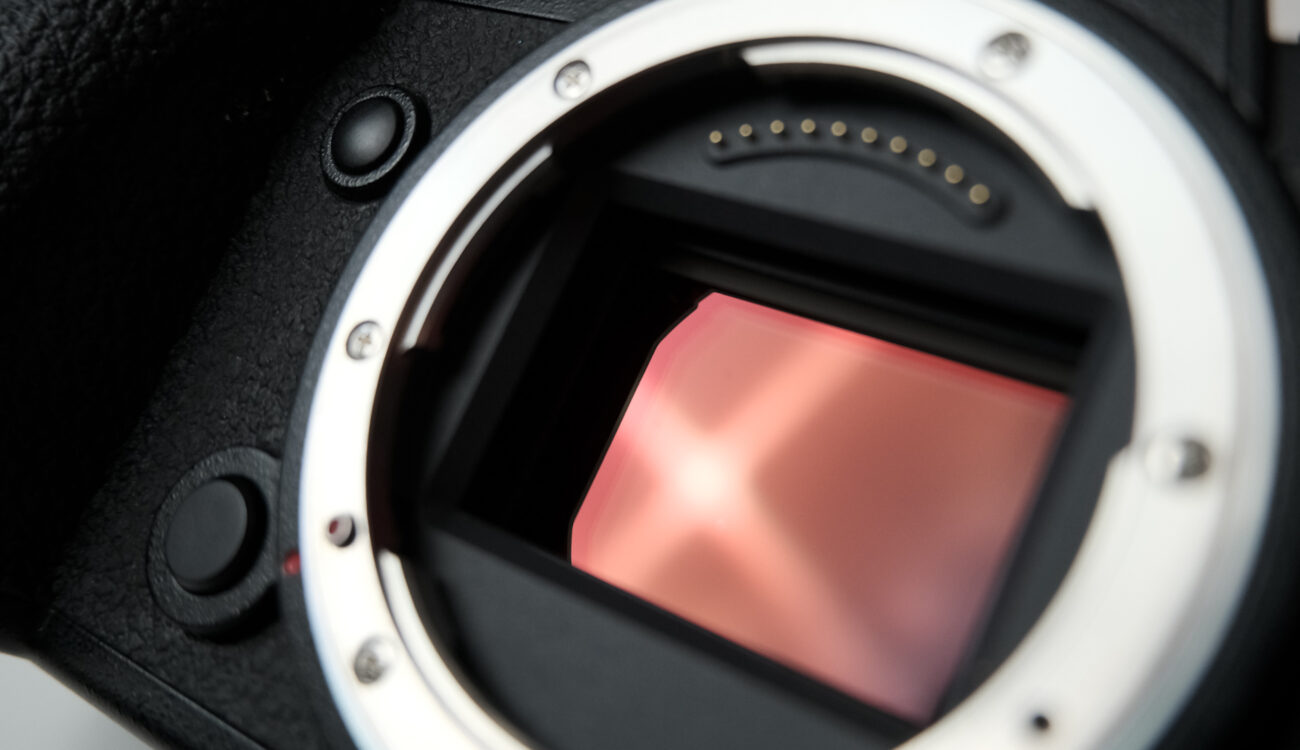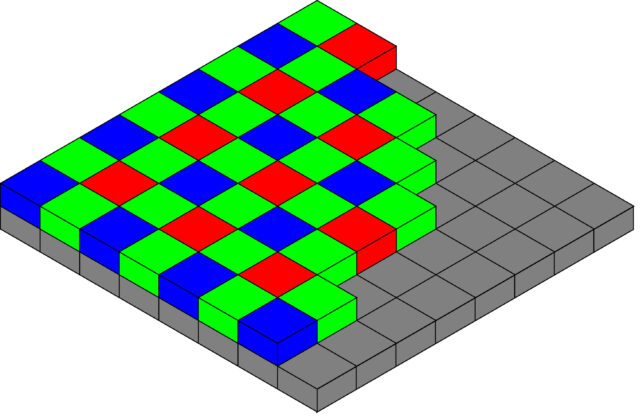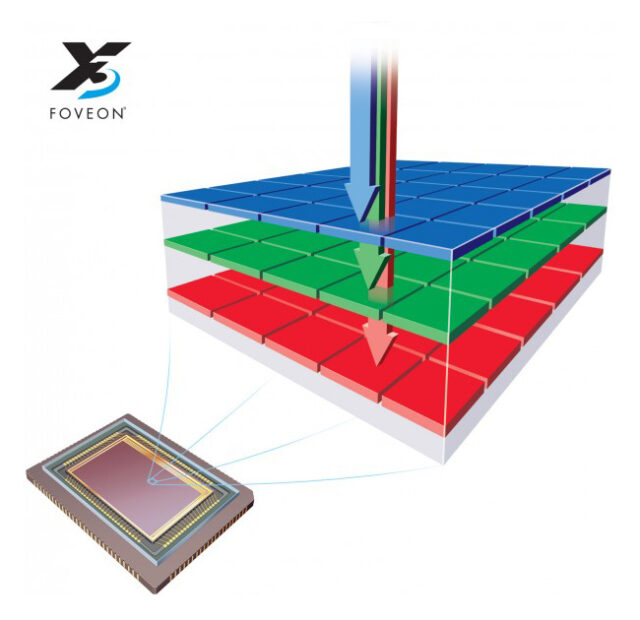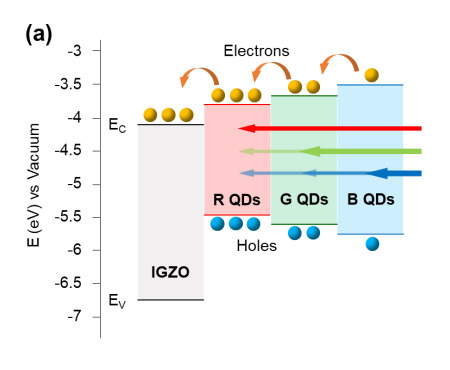
[ad_1]

A scientific paper recently published on Advanced Materials shows the potential application of Quantum Dots in the development of a new three-layer sensor design. Research groups in the USA and South Korea are currently studying this new visible-light imaging technology.
A few weeks ago, we reported an official statement by SIGMA on the current development status of their full-frame Foveon chip. This three-layer sensor technology promises to produce images with higher details without the need for the demosaicing (or de-bayering) process.
However, the R&D department of the Japanese company isn’t the only team working on a three-layer sensor design. In fact, researchers from Northwestern University in Illinois (USA) and three South Korean institutes are exploring the use of Quantum Dots to go beyond the current Bayer sensor technology. Their findings have been recently published in the scientific journal Advanced Materials. Let’s take a closer look.
Bayer vs three-layer sensors
Most modern digital cameras rely on a Bayer-pattern sensor. With this design, a Red, Green, or Blue filter occupies the top of each photosite, forming an RGB mosaic. In this way, only specific frequencies of light can make it to the photosite. Without these filters, the intensity of the light hitting the sensor could still be recorded, but the result would be a black and white image.
The problem with this system is that each pixel of the sensor can provide true information about only one of the three RGB color channels. A demosaicing (or de-bayering) process is then reconstructing the missing data using that of the nearby photosites.

On the other hand, a three-layer sensor uses three distinctive sensitive layers stacked on top of each other. Depending on the wavelength of the incident light, this gets detected at different depths in the sensor, thus providing full and true RGB data for each pixel and eliminating the need for interpolation (i.e. demosaicing).

What is a Quantum Dot?
Although the design proposed by this recent study looks similar to SIGMA’s at first glance, it actually differs. First of all, this alternative three-layer sensor relies on the use of Quantum Dots.
These are semiconductor particles that measure a few nanometers (billionths of a meter). Depending on their size, such particles can absorb only specific wavelengths of light.
The Quantum Dot sensor
This study shows how vertically stacked Quantum Dots can be used to create a phototransistor array capable of producing high-resolution and high-dynamic-range images.
In this design, the “blue” Quantum Dot can only detect blue light. Then the middle “green” layer receives information for both green and blue channels, while the “red” Quantum Dot gathers information for all three RGB components. Surprisingly, this is exactly the opposite of what happens with SIGMA’s Foveon sensor.

Is a revolution coming any time soon?
Beyond producing high-resolution and high-dynamic-range images, this technology also seems to be cost-effective. However, the current development status of this sensor shows that it is still quite far from becoming a reality.
In fact, although the team is starting to consider the feasibility of the manufacturing process, it looks like they still need to overcome a long list of challenges before developing a sensor with a high-enough pixel density to reach the shelves. Thus, the race for a full-frame Bayer-filter-free sensor is still open.
Featured image credits: Photo by Evie S. on Unsplash / Advanced Materials
Are you looking forward to this technology? What quality improvements would you like to see in the next generation of imaging sensors? Let us know your thoughts in the comments below!
[ad_2]






